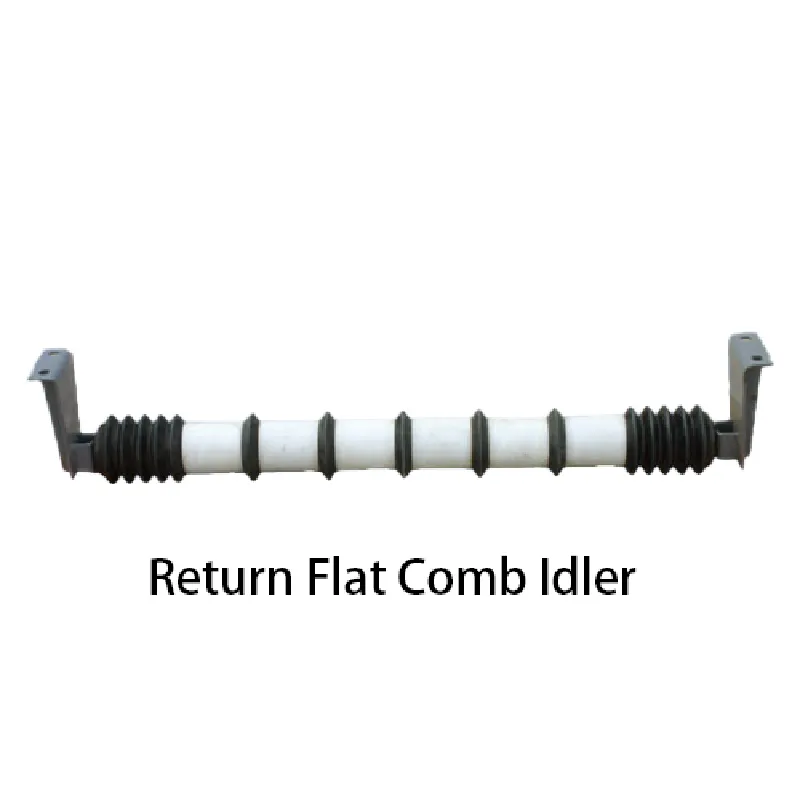 Afrikaans
Afrikaans  Albanian
Albanian  Amharic
Amharic  Arabic
Arabic  Armenian
Armenian  Azerbaijani
Azerbaijani  Basque
Basque  Belarusian
Belarusian  Bengali
Bengali  Bosnian
Bosnian  Bulgarian
Bulgarian  Catalan
Catalan  Cebuano
Cebuano  Corsican
Corsican  Croatian
Croatian  Czech
Czech  Danish
Danish  Dutch
Dutch  English
English  Esperanto
Esperanto  Estonian
Estonian  Finnish
Finnish  French
French  Frisian
Frisian  Galician
Galician  Georgian
Georgian  German
German  Greek
Greek  Gujarati
Gujarati  Haitian Creole
Haitian Creole  hausa
hausa  hawaiian
hawaiian  Hebrew
Hebrew  Hindi
Hindi  Miao
Miao  Hungarian
Hungarian  Icelandic
Icelandic  igbo
igbo  Indonesian
Indonesian  irish
irish  Italian
Italian  Japanese
Japanese  Javanese
Javanese  Kannada
Kannada  kazakh
kazakh  Khmer
Khmer  Rwandese
Rwandese  Korean
Korean  Kurdish
Kurdish  Kyrgyz
Kyrgyz  Lao
Lao  Latin
Latin  Latvian
Latvian  Lithuanian
Lithuanian  Luxembourgish
Luxembourgish  Macedonian
Macedonian  Malgashi
Malgashi  Malay
Malay  Malayalam
Malayalam  Maltese
Maltese  Maori
Maori  Marathi
Marathi  Mongolian
Mongolian  Myanmar
Myanmar  Nepali
Nepali  Norwegian
Norwegian  Norwegian
Norwegian  Occitan
Occitan  Pashto
Pashto  Persian
Persian  Polish
Polish  Portuguese
Portuguese  Punjabi
Punjabi  Romanian
Romanian  Russian
Russian  Samoan
Samoan  Scottish Gaelic
Scottish Gaelic  Serbian
Serbian  Sesotho
Sesotho  Shona
Shona  Sindhi
Sindhi  Sinhala
Sinhala  Slovak
Slovak  Slovenian
Slovenian  Somali
Somali  Spanish
Spanish  Sundanese
Sundanese  Swahili
Swahili  Swedish
Swedish  Tagalog
Tagalog  Tajik
Tajik  Tamil
Tamil  Tatar
Tatar  Telugu
Telugu  Thai
Thai  Turkish
Turkish  Turkmen
Turkmen  Ukrainian
Ukrainian  Urdu
Urdu  Uighur
Uighur  Uzbek
Uzbek  Vietnamese
Vietnamese  Welsh
Welsh  Bantu
Bantu  Yiddish
Yiddish  Yoruba
Yoruba  Zulu
Zulu Optimizing Conveyor Systems with Enhanced Return Idler Roller Designs for Improved Efficiency and Performance
Understanding Return Idler Rollers Essential Components for Conveyor Systems
In the realm of industrial machinery and conveyor systems, every component plays a crucial role in ensuring efficiency and reliability. Among these components, return idler rollers are particularly important. They serve multiple purposes, ranging from supporting the conveyor belt to guiding the material flow, thereby maintaining the operational integrity of the entire system.
What are Return Idler Rollers?
Return idler rollers are cylindrical components situated along the return path of a conveyor belt system. Unlike drive rollers that help move the belt forward, return idlers support the belt as it returns to the starting point after carrying its load. These rollers are essential for reducing friction, which in turn minimizes wear on the conveyor belt and the overall system.
The Role of Return Idler Rollers
1. Support for Conveyor Belts As the conveyor belt travels back after delivering its load, return idler rollers provide necessary support. This support is essential to prevent sagging and ensure that the belt maintains its intended path, which is vital for efficient material handling.
2. Reducing Wear and Tear By lowering friction between the belt and the underlying structure, return idler rollers help prolong the lifespan of the conveyor belt. Excessive wear and tear can lead to costly downtime and repairs, making the proper functioning of these rollers vital for operational efficiency.
3. Alignment and Stability Return idler rollers facilitate the alignment of the conveyor belt, ensuring that it remains centered on the track. Proper alignment is crucial to avoid material spillage and ensure that products are moved safely and effectively through the system.
4. Preventing Contamination Many return idler rollers are designed with the capability to shed material that may adhere during operation. This helps in keeping the system clean and reduces the risk of contamination of the products being transported.
Types of Return Idler Rollers
return idler roller

Return idler rollers come in various designs and materials, each suited for specific applications. Common types include
- Standard Return Idlers Typically made from steel or plastic, these are the most commonly used rollers in various industries. - Impact Return Idlers Designed to absorb shock and minimize damage, these are often used in systems where heavy materials are transported.
- Self-Cleaning Return Idlers These rollers are engineered to shed material and prevent build-up, making them ideal for applications that involve sticky or fine materials.
Maintenance and Best Practices
To ensure the longevity and effectiveness of return idler rollers, regular maintenance is critical. This includes
- Routine Inspections Checking for signs of wear, misalignment, or damage should be part of regular maintenance schedules. Early detection can prevent costly failures.
- Cleaning Keeping the rollers free from debris and buildup helps maintain their functionality and reduce operational costs.
- Lubrication Maintaining proper lubrication in roller bearings is essential for smooth operation and reduced friction.
Conclusion
In conclusion, return idler rollers are a vital component of conveyor systems, playing essential roles in support, alignment, and maintenance of the conveyor belt. Their design, material, and proper maintenance contribute significantly to the efficiency and reliability of industrial operations. As industries continue to evolve and adapt to new technologies, the importance of selecting the right idler rollers and maintaining them cannot be overstated. A well-maintained conveyor system leads not only to increased productivity but also to a reduction in operational costs, underscoring the significance of these often-overlooked components in modern industry.
-
Revolutionizing Conveyor Reliability with Advanced Rubber Lagging PulleysNewsJul.22,2025
-
Powering Precision and Durability with Expert Manufacturers of Conveyor ComponentsNewsJul.22,2025
-
Optimizing Conveyor Systems with Advanced Conveyor AccessoriesNewsJul.22,2025
-
Maximize Conveyor Efficiency with Quality Conveyor Idler PulleysNewsJul.22,2025
-
Future-Proof Your Conveyor System with High-Performance Polyurethane RollerNewsJul.22,2025
-
Driving Efficiency Forward with Quality Idlers and RollersNewsJul.22,2025





























